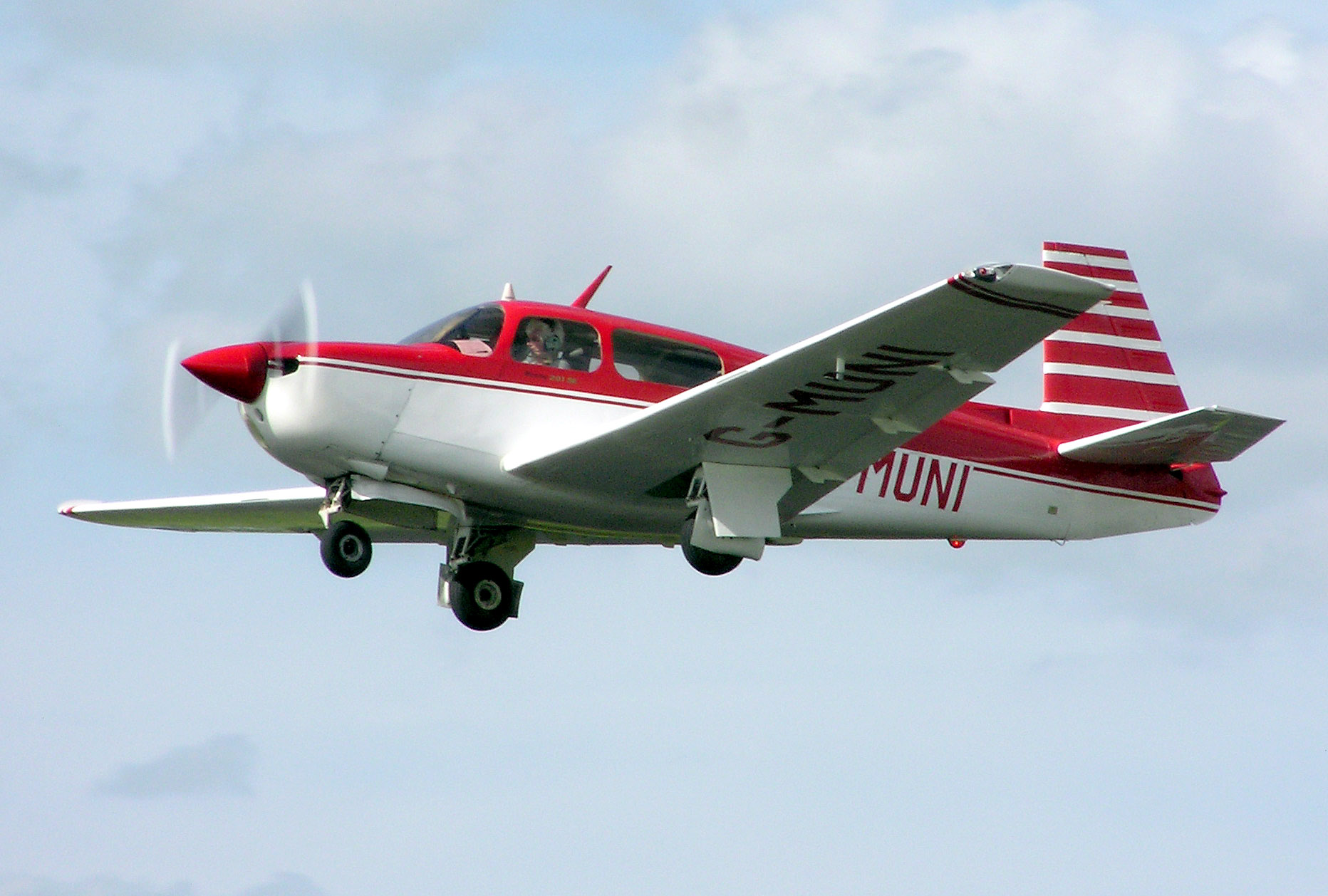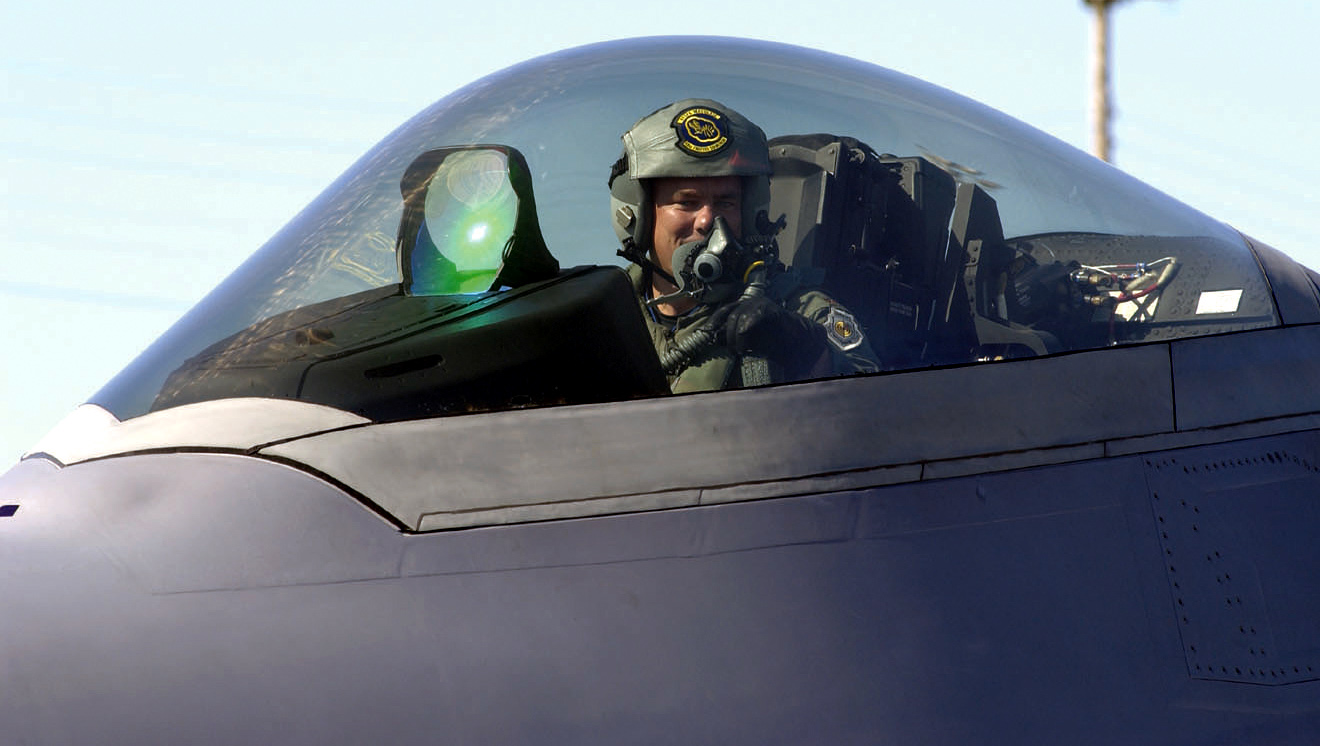|
Swift Aircraft Swift
The Swift Aircraft Swift is a single engine, conventional light aircraft, seating two in side-by-side configuration. It is being developed in the UK but has yet to fly. Design and development The Swift is mostly built from composite materials; flying surfaces and the fuselage are formed from composite sandwiches and the wing and tailplane have carbon fibre spars. It has a low wing of trapezoidal plan with slightly upturned tips, fitted with Frise ailerons and slotted flaps. The rear surfaces are also trapezoidal. There is a trim tab in the elevator and a ground adjustable tab on the rudder. The cockpit has a fixed windscreen and rearward-sliding canopy and is equipped with dual controls. There is a baggage space behind the side-by-side seats. The Swift has a fixed, tricycle undercarriage with the mainwheels on fuselage mounted, spring steel, cantilever legs. The mainwheels have disc brakes and the nosewheel is steerable. The Swift is designed to accept a range of T ... [...More Info...] [...Related Items...] OR: [Wikipedia] [Google] [Baidu] |
WikiProject Aircraft
A WikiProject, or Wikiproject, is a Wikimedia movement affinity group for contributors with shared goals. WikiProjects are prevalent within the largest wiki, Wikipedia, and exist to varying degrees within Wikimedia project, sister projects such as Wiktionary, Wikiquote, Wikidata, and Wikisource. They also exist in different languages, and translation of articles is a form of their collaboration. During the COVID-19 pandemic, CBS News noted the role of Wikipedia's WikiProject Medicine in maintaining the accuracy of articles related to the disease. Another WikiProject that has drawn attention is WikiProject Women Scientists, which was profiled by ''Smithsonian Magazine, Smithsonian'' for its efforts to improve coverage of women scientists which the profile noted had "helped increase the number of female scientists on Wikipedia from around 1,600 to over 5,000". On Wikipedia Some Wikipedia WikiProjects are substantial enough to engage in cooperative activities with outside organization ... [...More Info...] [...Related Items...] OR: [Wikipedia] [Google] [Baidu] |
Elevator (aircraft)
Elevators are flight control surfaces, usually at the rear of an aircraft, which control the aircraft's pitch, and therefore the angle of attack and the lift of the wing. The elevators are usually hinged to the tailplane or horizontal stabilizer. They may be the only pitch control surface present, and are sometimes located at the front of the aircraft (early airplanes) or integrated into a rear "all-moving tailplane", also called a slab elevator or stabilator. Elevator control effectiveness The elevator is a usable up and down system that controls the plane, horizontal stabilizer usually creates a ''downward'' force which balances the nose down moment created by the wing lift force, which typically applies at a point (the wing center of lift) situated aft of the airplane's center of gravity. The effects of drag and changing the engine thrust may also result in pitch moments that need to be compensated with the horizontal stabilizer. Both the horizontal stabilizer and the ... [...More Info...] [...Related Items...] OR: [Wikipedia] [Google] [Baidu] |
MT-Propeller
MT-Propeller Entwicklung GmbH, founded in 1980 by Gerd Muehlbauer, is a manufacturer of composite propellers for single and twin engine aircraft, airships, wind tunnels and other special applications.Purdy, Don: ''AeroCrafter - Homebuilt Aircraft Sourcebook'', page 84. BAI Communications. The company headquarters is located at Straubing Wallmuhle Airport in Bavaria, Germany. History In 2010 the company developed a special propeller design for restorations of the North American F-82 Twin Mustang. Applications Factory installed Installed under an STC Installed on unmanned combat aerial vehicle (UCAV) See also *List of aircraft propeller manufacturers This is a list of aircraft propeller manufacturers both past and present: A * Aero Ltd. - Poland * AeroLux Propellers - United States * Aeroproducts - United States * Aerosila - Russia * Airmaster Propellers - New Zealand * The Airscrew ... References External links *{{Official website, http://www.mt- ... [...More Info...] [...Related Items...] OR: [Wikipedia] [Google] [Baidu] |
Flat-six Engine
A flat-six engine, also known as a horizontally opposed-six, is a six-cylinder piston engine with three cylinders on each side of a central crankshaft. The most common type of flat-six engine is the boxer-six engine, where each pair of opposed cylinders moves inwards and outwards at the same time. The advantages of the flat-six layout are good engine balance (for reduced vibration), a low center of gravity, short length (compared with an inline-six engine) and being well suited to air-cooling. The disadvantages are a large width (which can limit the maximum steering angle when used in a front-engined car), a large intake manifold being required when a central carburetor is used, and duplication of the inlet and outlet connections for water-cooled engines. The first production flat-six engine was in the 1904 ''Wilson-Pilcher 18/24 HP'' car. The most notable use of flat-six engines is the Porsche 911 sports car, which has used flat-six engines continuously since 1963. Several oth ... [...More Info...] [...Related Items...] OR: [Wikipedia] [Google] [Baidu] |
Type Certificate
A type certificate signifies the airworthiness of a particular category of aircraft, according to its manufacturing design (''type design''). It confirms that the aircraft of a new type intended for serial production, is in compliance with applicable airworthiness requirements established by the national air law. For up to three seats, primary category aircraft, certification costs around US$1m, US$25m for a general aviation aircraft and hundreds of millions of dollars for a commercial aircraft; certification delays can cost millions of dollars and can decide a program's profitability. Authority A type certificate (TC) is issued to signify the airworthiness of the approved design or "type" of an aircraft to be manufactured. The TC is issued by a regulatory authority, and once issued, the design cannot be changed unless at least part of the process for certification is repeated to cover the changes. The TC reflects a determination made by a regulatory authority that the type ... [...More Info...] [...Related Items...] OR: [Wikipedia] [Google] [Baidu] |
Propeller (aircraft)
An aircraft propeller, also called an airscrew,Beaumont, R.A.; ''Aeronautical Engineering'', Odhams, 1942, Chapter 13, "Airscrews". converts rotary motion from an engine or other power source into a swirling slipstream which pushes the propeller forwards or backwards. It comprises a rotating power-driven hub, to which are attached several radial airfoil-section blades such that the whole assembly rotates about a longitudinal axis. The blade pitch may be fixed, manually variable to a few set positions, or of the automatically variable "constant-speed" type. The propeller attaches to the power source's driveshaft either directly or through reduction gearing. Propellers can be made from wood, metal or composite materials. Propellers are most suitable for use at subsonic airspeeds generally below about , although supersonic speeds were achieved in the McDonnell XF-88B experimental propeller-equipped aircraft. Supersonic tip-speeds are used in some aircraft like the Tupolev Tu-95, ... [...More Info...] [...Related Items...] OR: [Wikipedia] [Google] [Baidu] |
Horizontally Opposed
A flat engine is a piston engine where the cylinders are located on either side of a central crankshaft. Flat engines are also known as horizontally opposed engines, however this is distinct from the less common opposed-piston engine design, whereby each cylinder has two pistons sharing a central combustion chamber. The most common configuration of flat engines is the boxer engine configuration, in which the pistons of each opposed pair of cylinders move inwards and outwards at the same time. The other configuration is effectively a V engine with a 180-degree angle between the cylinder banks; in this configuration each pair of cylinders shares a single crankpin, so that as one piston moves inward, the other moves outward. The first flat engine was built in 1897 by Karl Benz. Flat engines have been used in aviation, motorcycle and automobile applications. They are now less common in cars than straight engines (for engines with less than six cylinders) and V engines (for engine ... [...More Info...] [...Related Items...] OR: [Wikipedia] [Google] [Baidu] |
Textron Lycoming
Lycoming Engines is a major American manufacturer of aircraft engines. With a factory in Williamsport, Pennsylvania, Lycoming produces a line of horizontally opposed, air-cooled, four, six and eight-cylinder engines including the only FAA-certified aerobatic and helicopter piston engines on the market. The company has built more than 325,000 piston aircraft engines and powers more than half the world's general aviation fleet, both rotary and fixed wing. Lycoming is an operating division of Avco Corporation, itself a subsidiary of Textron. History Sewing machines, bicycles and fashion Lycoming dates its founding to 1845 by " Madame Ellen Curtis Demorest". However, the early history of the company (especially prior to 1860) is unclear; biographer Ishbel Ross notes that the marriage of Ellen Louise Curtis to William Jennings Demorest took place in 1858, somewhat later than the purported date of establishment of the company. A few years later in New York, between c. 1860 and 1887 ... [...More Info...] [...Related Items...] OR: [Wikipedia] [Google] [Baidu] |
Cantilever
A cantilever is a rigid structural element that extends horizontally and is supported at only one end. Typically it extends from a flat vertical surface such as a wall, to which it must be firmly attached. Like other structural elements, a cantilever can be formed as a beam, plate, truss, or slab. When subjected to a structural load at its far, unsupported end, the cantilever carries the load to the support where it applies a shear stress and a bending moment. Cantilever construction allows overhanging structures without additional support. In bridges, towers, and buildings Cantilevers are widely found in construction, notably in cantilever bridges and balconies (see corbel). In cantilever bridges, the cantilevers are usually built as pairs, with each cantilever used to support one end of a central section. The Forth Bridge in Scotland is an example of a cantilever truss bridge. A cantilever in a traditionally timber framed building is called a jetty or forebay. In t ... [...More Info...] [...Related Items...] OR: [Wikipedia] [Google] [Baidu] |
Tricycle Undercarriage
Tricycle gear is a type of aircraft undercarriage, or ''landing gear'', arranged in a tricycle fashion. The tricycle arrangement has a single nose wheel in the front, and two or more main wheels slightly aft of the center of gravity. Tricycle gear aircraft are the easiest for takeoff, landing and taxiing, and consequently the configuration is the most widely used on aircraft.Crane, Dale: ''Dictionary of Aeronautical Terms, third edition'', page 524. Aviation Supplies & Academics, 1997. Aviation Publishers Co. Limited, ''From the Ground Up'', page 11 (27th revised edition) History Several early aircraft had primitive tricycle gear, notably very early Antoinette planes and the Curtiss Pushers of the pre-World War I Pioneer Era of aviation. Waldo Waterman's 1929 tailless '' Whatsit'' was one of the first to have a steerable nose wheel. In 1956, Cessna introduced sprung-steel tricycle landing gear on the Cessna 172. Their marketing department described this as "Land-O-Mat ... [...More Info...] [...Related Items...] OR: [Wikipedia] [Google] [Baidu] |
Canopy (aircraft)
An aircraft canopy is the transparent enclosure over the cockpit of some types of aircraft. An aircraft canopy provides a controlled and sometimes pressurized environment for the aircraft's occupants, and allows for a greater field of view over a traditional flight deck. A canopy's shape is a compromise designed to minimize aerodynamic drag, while maximizing visibility for pilots and other crewmembers. History Very early aircraft had no canopies. The pilots were exposed to the wind and weather, although most flying was done in good weather. Through World War I most aircraft had no canopy, although they often had a small windshield to deflect the prop wash and wind from hitting the pilot in the face. In the 1920s and 1930s, the increasing speed and altitude of airplanes necessitated a fully enclosed cockpit and canopies became more common. Early canopies were made of numerous pieces of flat glass held in position by a frame and muntins. The muntins reduced visibility, whic ... [...More Info...] [...Related Items...] OR: [Wikipedia] [Google] [Baidu] |








